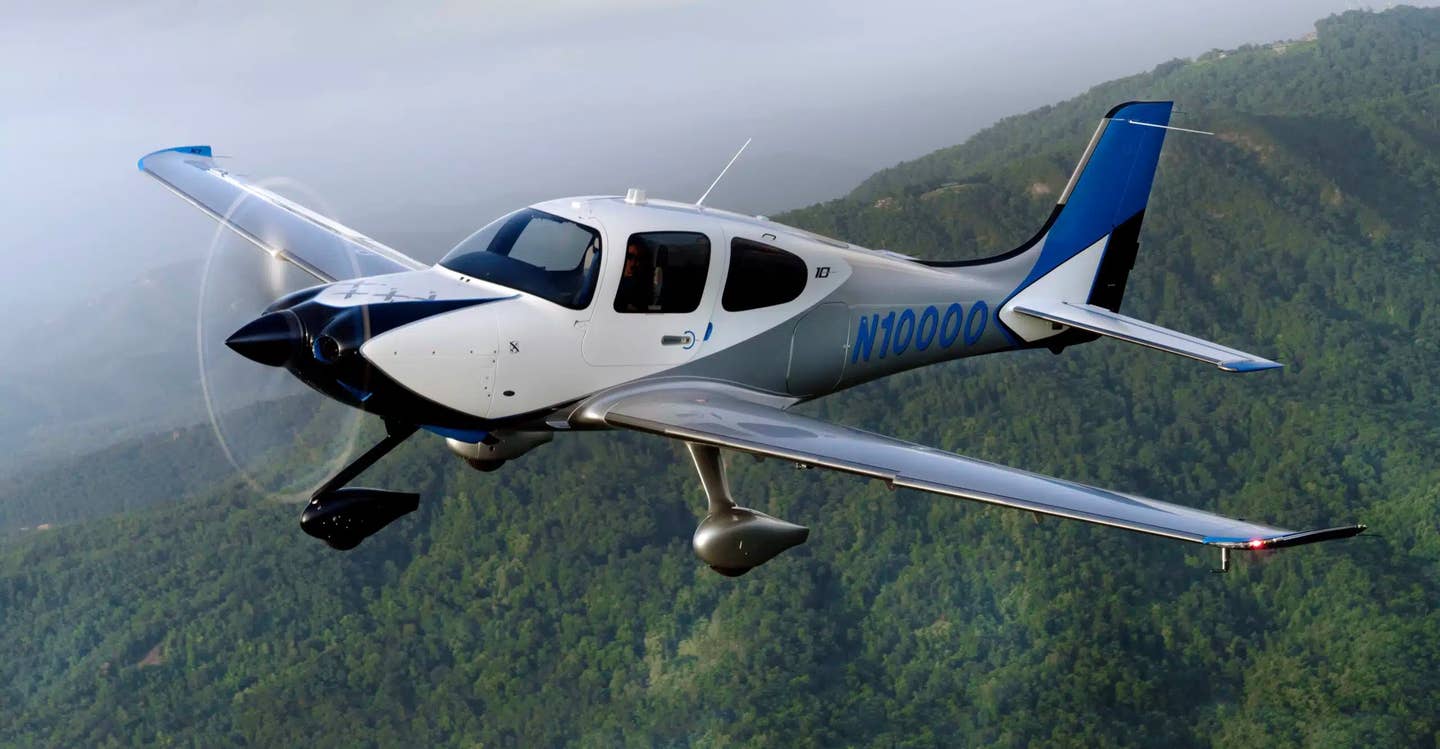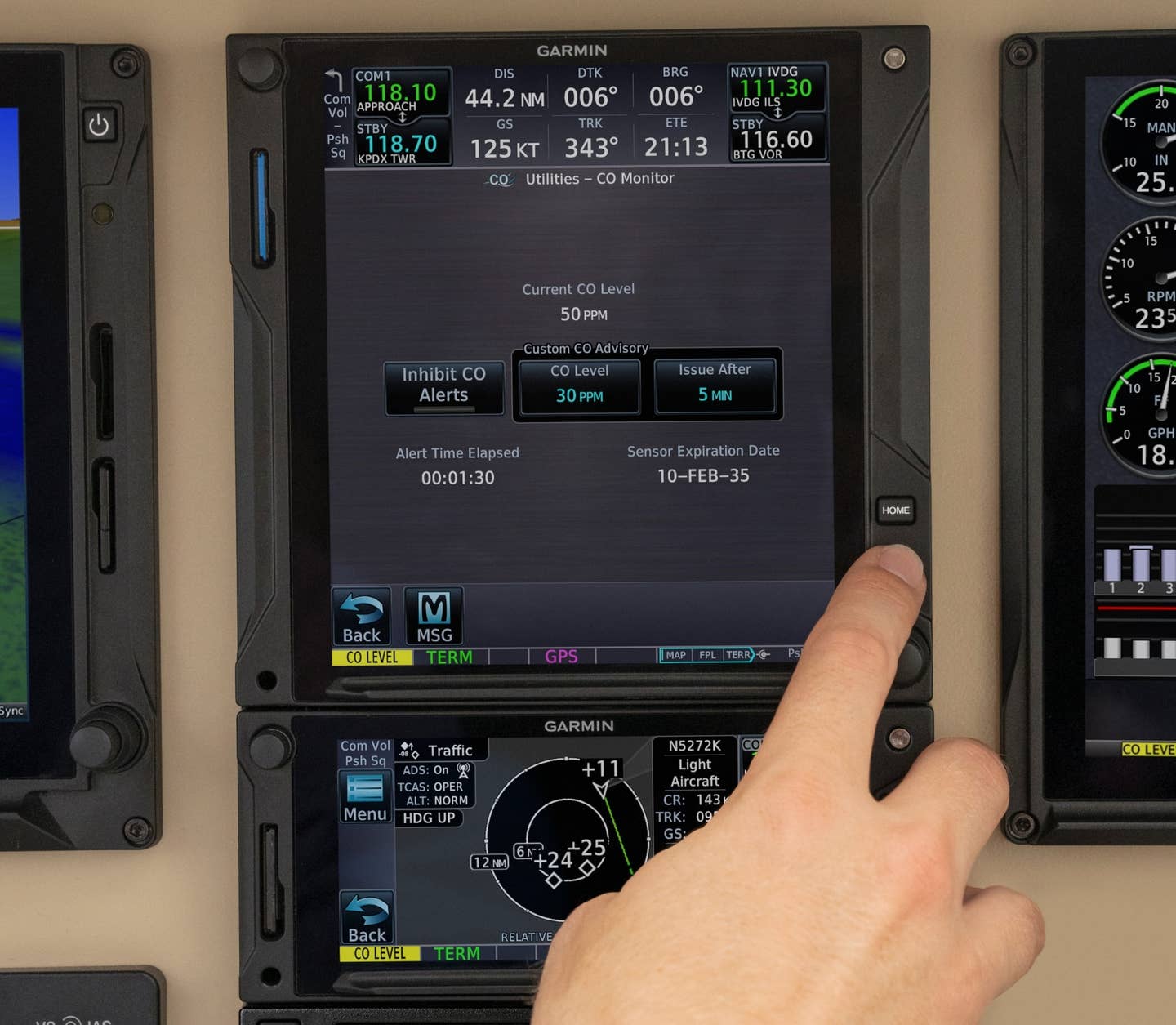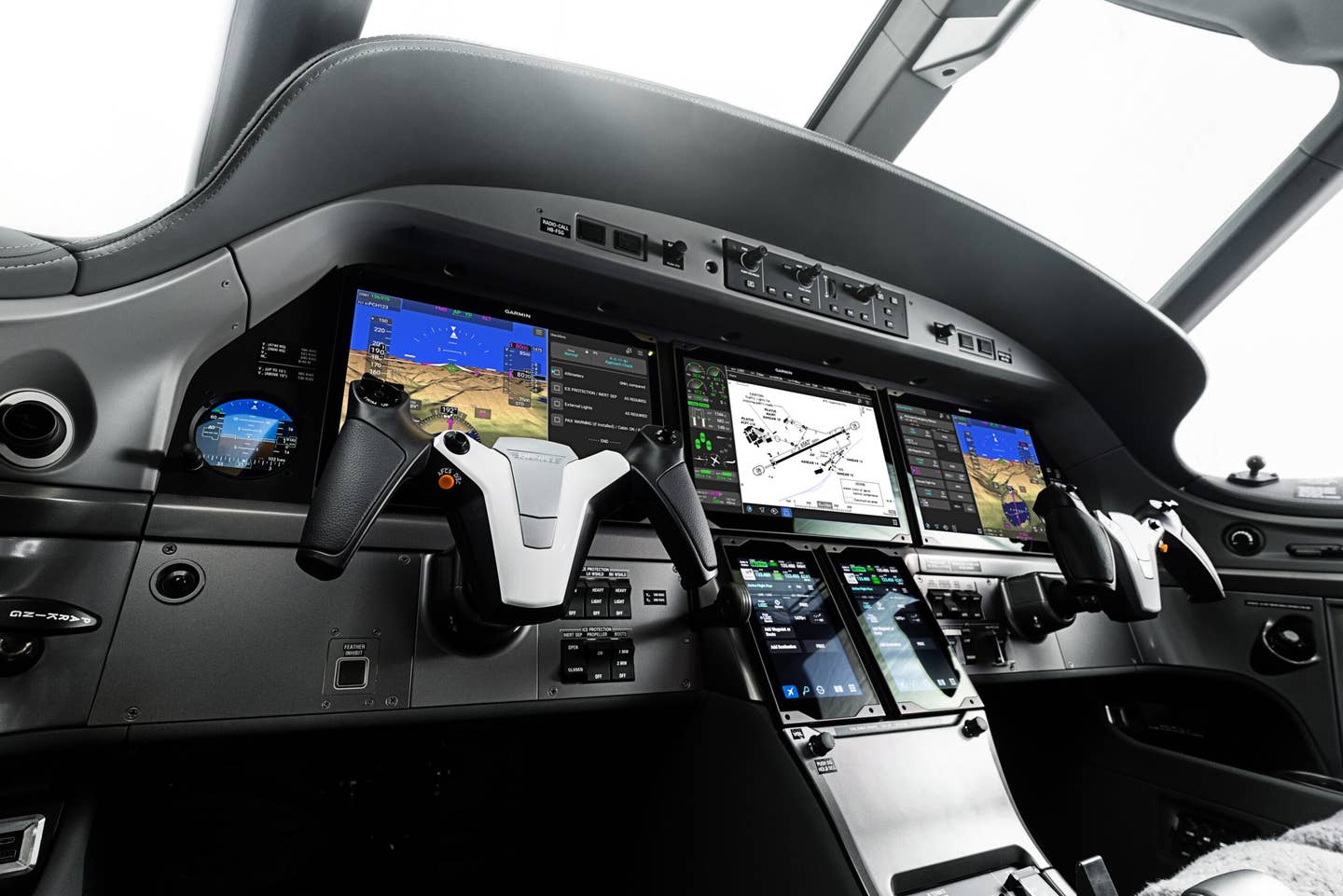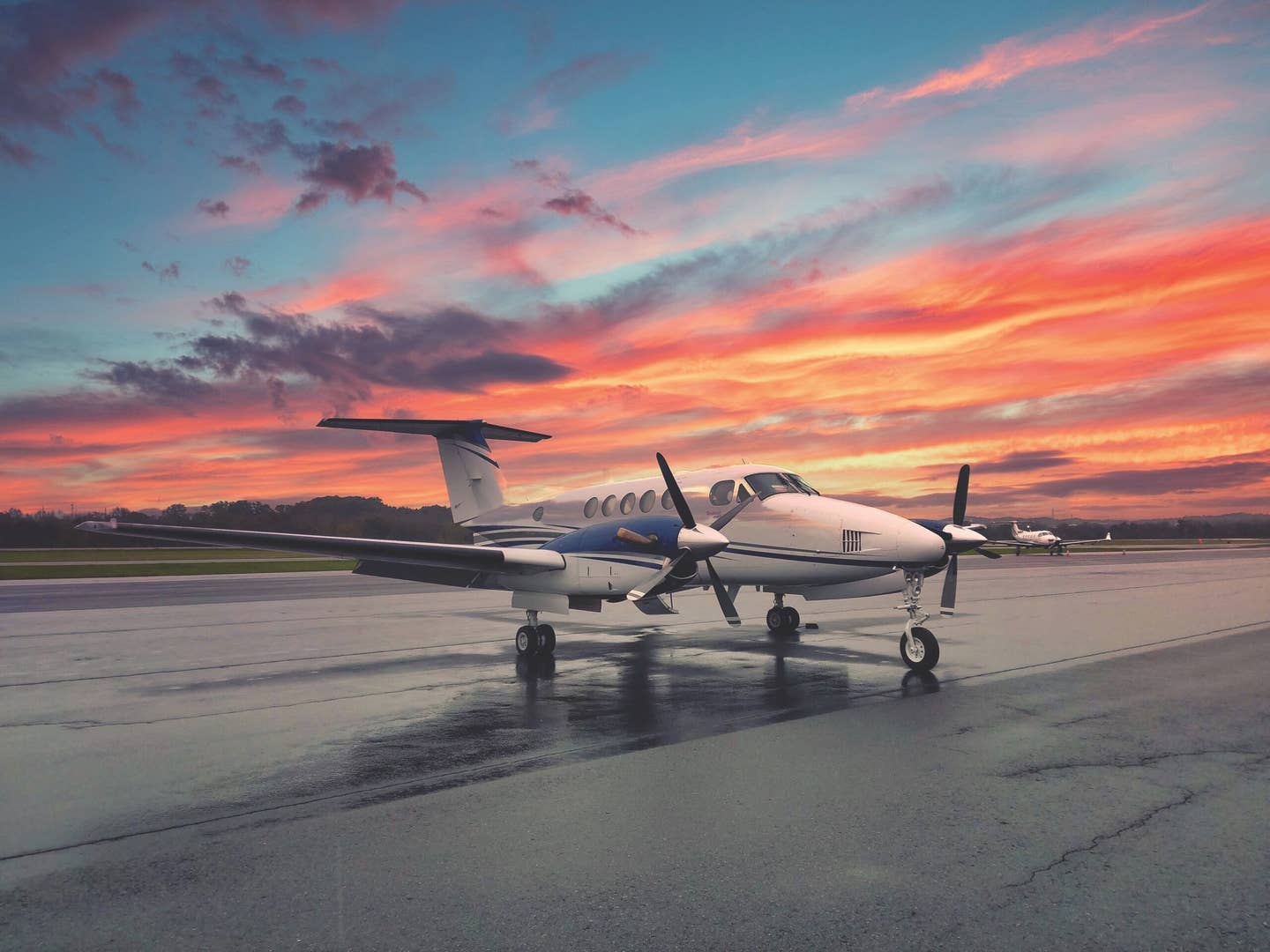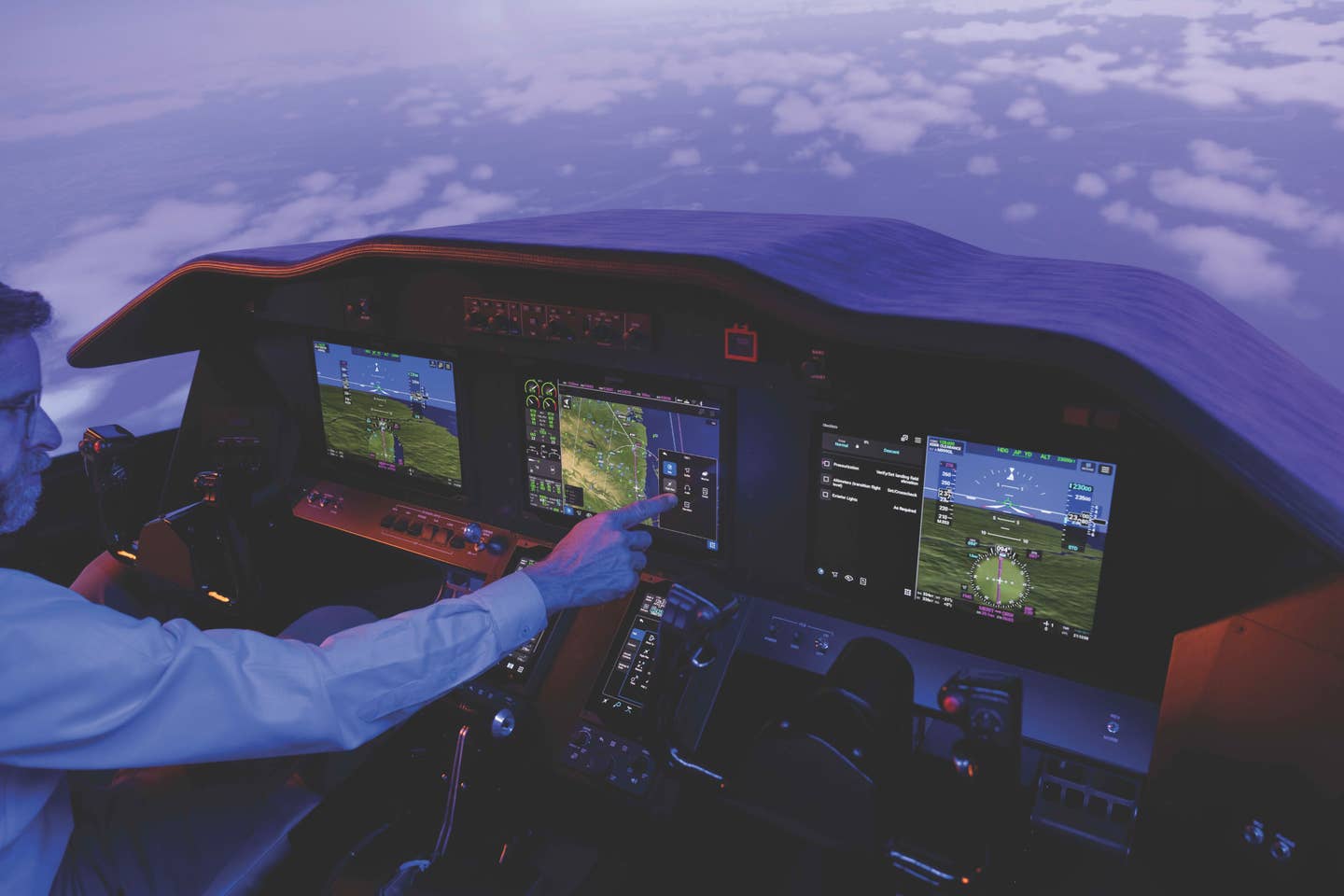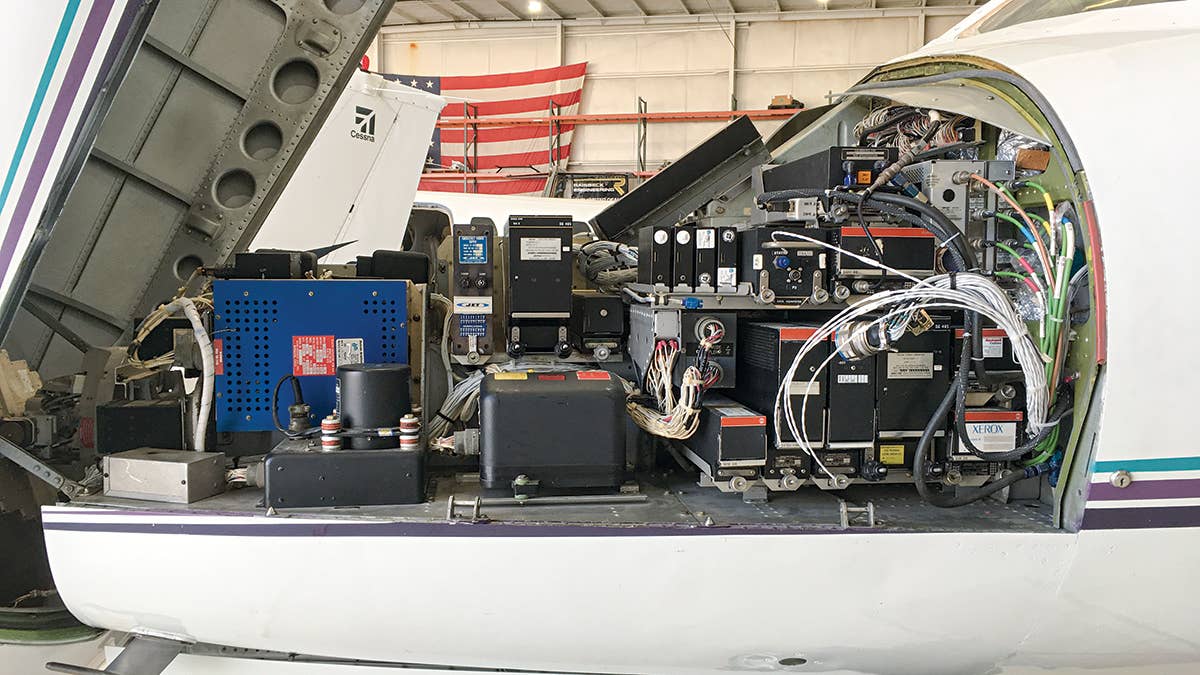
As technology advances, avionics mandates have become a part of life. Flying
For tens of thousands of aircraft owners, the deadline has been looming. ADS-B will be required on January 1, 2020, in airspace that now requires a transponder.
It was clear to John and me that we wanted to meet the requirement before the deadline — because without ADS-B our old jet would become useless. And the FAA insists the deadline will not change. The future of the ATC system will be based on transponders that broadcast the aircraft’s identification, position, altitude, velocity and other information every second or so. It’s called automatic dependent surveillance-broadcast because it’s based on automatic transponders that are dependent on WAAS GPS for their data, enabling surveillance by broadcasting their information without being interrogated.
Those of us who have been maintaining aircraft for a while know that keeping any airplane legal —particularly a jet — is often neither easy nor cheap. In addition to all the required inspections, you must periodically meet government mandates, such as the one for ADS-B.
The ADS-B mandate is only the latest. In our airplane-ownership lives we’ve had to meet mandates requiring a transponder, and then altitude reporting. Plus, because we have been so financially foolish as to fly jets, we’ve had to meet hundreds of thousands of dollars of mandates requiring such things as a cockpit voice recorder, a terrain awareness and warning system, and reduced vertical separation minimums capability.
These mandates have often been a step in the march of technology, bringing benefits beyond just making us legal. Transponders with mode C have enabled our air traffic control system to provide far better service to all comers, and in particular, RVSM has virtually doubled the airspace available at 29,000 feet and above.
In the case of ADS-B, the FAA has gone out of its way to build benefits into the program to sweeten the deal. If you pay extra to equip for ADS-B In (or have a portable ADS-B receiver) you can receive subscription-free weather and traffic data. Plus, depending on the system you buy, you can also have the information streamed to an iPad or other tablet.
What prompted us to start working on getting the installation done now was not just a scramble to meet the impending deadline. It was mostly that we wanted the things that would come with WAAS GPS sooner rather than later. Highest on the list was the ability to conduct LPV approaches. We had begun to believe that when an airport has both an LPV approach and an ILS, airport operators aren’t as quick about repairing an out-of-service ILS. We were starting to see the handwriting on the wall. If all we had for precision approach capability was an ILS, there would be times when we wouldn’t be able to land at our destination.
Still, for a while, we weren’t really in a hurry. We hate taking our airplane down even for required maintenance, much less for an optional installation. Plus, we weren’t looking forward to having to learn a new avionics system. Also, ADS-B solutions have been rapidly getting simpler and less expensive, including one solution that involves replacing a position light with a new red LED position light with an entire ADS-B solution for less than $2,000.
Because we fly a jet that is certified under Part 25 as a transport-category aircraft and we fly above 18,000 feet, the lower-cost solutions were not available to us. When we started researching ADS-B products for our airplane, our first quote was for more than $150,000. It was a really beautiful dual Garmin GTN 750 installation. But in addition to the cost and a big delay getting started, what really killed the deal is that the airplane would be down for at least a month and a half — and probably much longer. That would definitely send us into withdrawal.
We decided to simplify our lives. As we got closer to doing the deal, we realized it would be a lot more convenient if we worked with somebody local. We chose Neal Aviation at Gillespie Field in San Diego, the airport where we have our routine maintenance done. Instead of a dual Garmin 750 installation, we decided that since we already had a backup GPS source, we could certainly get by with only one Garmin unit.
Also, we decided not to disturb our current audio panel and VHF avionics, and go with a Garmin GTN 725, which just has a GPS receiver. The installation would involve replacing our current non-WAAS GPS, our multifunction display and our old transponders with the Garmin 725 and two new Garmin transponders.
The GTN 725 comes with the new bells and whistles we had begun to covet, such as the ability to load routes using airway numbers instead of entering every waypoint by hand, and with more hardware, the ability to load flight plans directly from our iPads. And with yet another receiver, we could still get the SiriusXM weather information we were used to with our previous system.
This was going to be a lot less costly than the luxurious dual 750 installation. The whole thing would be about $56,000. And the icing on the cake was the folks at Neal Aviation said they could complete the installation in two weeks. Even though we considered the two weeks to be a very challenging goal, we had finally found a solution we were ready to move on.
The FAA’s motivation for the mandate is that when a ground-based system gets changed to a space-based system, it usually becomes cheaper to operate and more capable. In this case, while radar installations can cost as much as $30 million, an ADS-B ground station can cost as little as $4 million.
Plus, while a ground-based radar’s sweep rate is three to 15 seconds, ADS-B transponders transmit their data about once every second. The result is more efficient IFR spacing and routing. And there will now be coverage in previously nonradar airspace, such as at ski-area airports and other mountainous areas.
In spite of our original feeling that we weren’t in a rush to make the decision about ADS-B, we knew it was finally time. Lurking in the background were all the warnings about upcoming full shops and scheduling delays as the deadline approaches. More than anything else, we did not want to risk having to ground our airplane if we didn’t make the deadline.
Now that John and I have decided to bite the bullet and get the installation done, we are especially eager to get the airplane back and start flying it again. We’ve downloaded the entire 400-plus-page manual for the GTN 725 and have begun our study. We are excitedly looking forward to learning how to use all the new things the 725 will do for us.

Sign-up for newsletters & special offers!
Get the latest FLYING stories & special offers delivered directly to your inbox

